Kidney Friendly Thanksgiving Recipes
They say, 'You are what you eat,' and that's particularly true when you're managing kidney health.
This Thanksgiving, you don't have to sacrifice taste for a kidney-friendly diet. We've got you covered with delicious, low-potassium recipes that'll keep your kidneys happy and your taste buds satisfied.
From savory turkey preparations to delightful side dishes and desserts, we'll guide you through creating a Thanksgiving feast that's as good for you as it is mouth-wateringly good.

Jump to:
- Key Takeaways
- Understanding Kidney-Friendly Diet
- Guidelines for a Kidney-Friendly Thanksgiving Dinner
- Healthy Turkey Preparations for Kidney Health
- Kidney-Friendly Side Dishes to Enjoy
- Low-Potassium Desserts for Thanksgiving
- Beverage Choices for Kidney Health
- Important Tips to Keep in Mind for a Kidney-Friendly Thanksgiving
- The Role of Diet in Managing Renal Disease
- Healthy Alternatives to Traditional Thanksgiving Recipes
- Creating a Kidney-Friendly Thanksgiving Menu
- FAQs for Kidney Friendly Thanksgiving Recipes
- Enjoying Kidney Friendly Thanksgiving Recipes
Key Takeaways
- A kidney-friendly Thanksgiving dinner involves considering kidney-friendly options for main courses and desserts, limiting high-potassium foods, and opting for lower-sodium alternatives.
- Personalized dietary recommendations obtained through a dietary consultation are important for implementing a kidney-friendly diet that takes into account individual nutritional needs and preferences.
- Dessert substitutions can be made for a kidney-friendly Thanksgiving by using sugar alternatives, opting for dairy-free choices to lower phosphorus and potassium intake, and considering gluten-free and vegan options.
- Side dishes can be made kidney-friendly by exploring low-potassium options, such as steamed or sautéed green beans and garlic mashed cauliflower, and making adaptations for vegetarian options.
- Beverage choices are also important for kidney health, with kidney-friendly options including mocktails, herbal infusions, and antioxidant smoothies. Monitoring fluid intake is crucial, and diuretic foods can benefit kidney health. Consulting with a healthcare professional is recommended for individual fluid intake needs.
Understanding Kidney-Friendly Diet
It's crucial for you to understand that your diet plays a significant role in managing Chronic Kidney Disease (CKD). What you consume can either alleviate or exacerbate the symptoms, and it can also slow or hasten the progression of the disease.
Thus, implementing a personalized, kidney-friendly diet, based on your doctor's recommendations, will help you maintain your health during the Thanksgiving season and beyond.
For More Recipes and Ideas --->> Get Your Free Meals and Recipes That Are Perfect for Pre-Dialysis Diets, Pre-Dialysis with Diabetes, or Dialysis Diets.
Diet's Role in CKD
While you're managing your CKD, understanding what a kidney-friendly diet entails can play a crucial role in maintaining your health. A well-planned diet can help slow CKD progression, manage anemia, and maintain a balance of essential minerals like calcium and phosphorus.
Protein control is key, eating the right amount ensures your kidneys aren't overworked. Phosphorus regulation helps prevent bone disease, and maintaining calcium balance avoids complications like heart disease. Anemia management, through iron-rich foods, supports your body's red blood cell production.
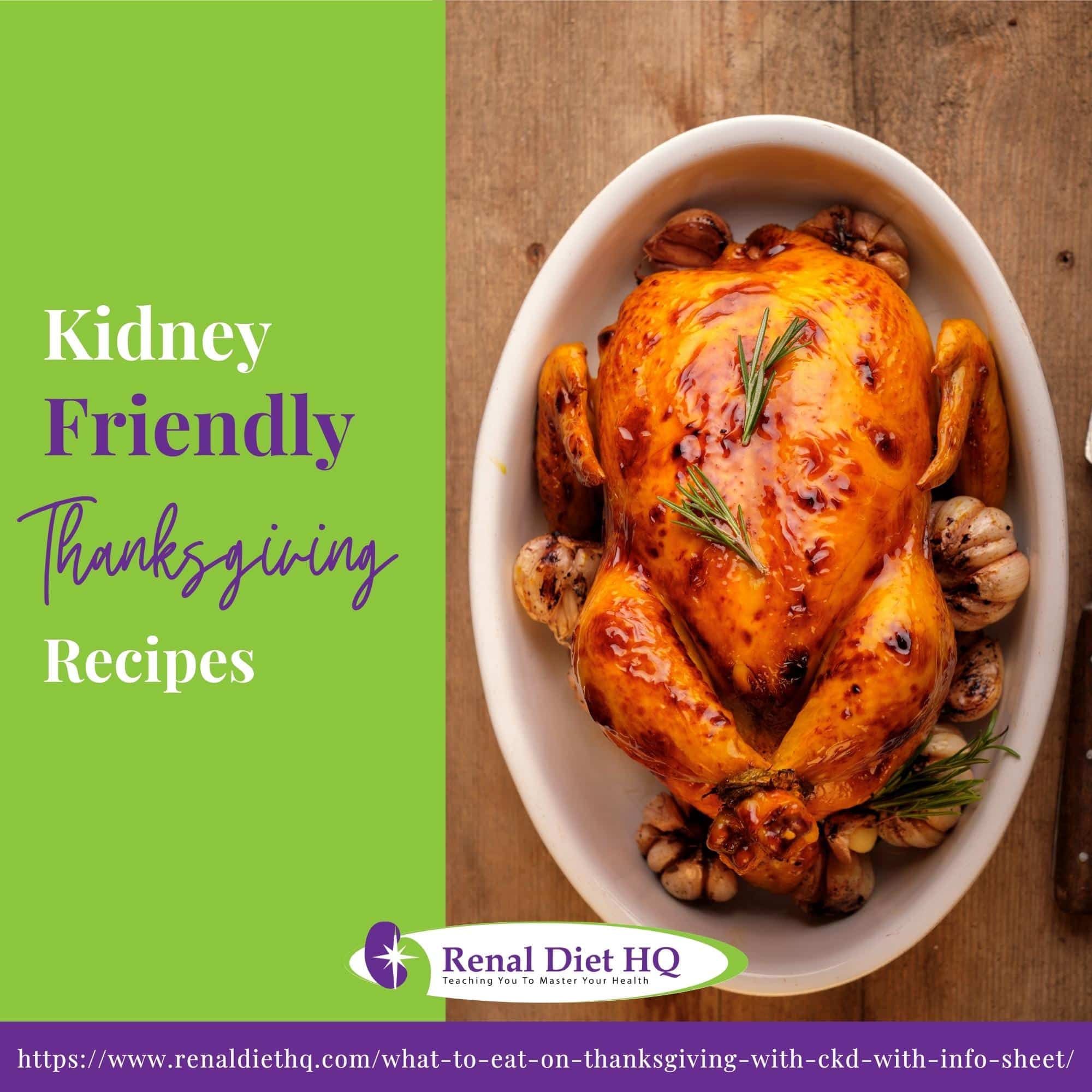
Personalized Dietary Recommendations
You'll find that incorporating a kidney-friendly diet into your daily routine involves understanding and applying personalized dietary recommendations. These recommendations can be obtained through a dietary consultation, tailored to your specific needs and health status.
- Diet Personalization: This involves evaluating your specific nutritional needs and preferences. It's essential to consider your likes, dislikes, and dietary restrictions to ensure adherence to the diet.
- Nutrient Monitoring: Keeping track of your nutrient intake is crucial. Regular monitoring of protein, sodium, potassium, and phosphorus can help maintain optimal kidney function.
- Meal Planning and Food Swaps: Planning meals and making smart food swaps can significantly impact your kidney health. Choose nutrient-dense foods, swap high sodium foods for fresh alternatives, and opt for lean protein sources.
With proper guidance and dedication, you can enjoy a kidney-friendly Thanksgiving without compromising on taste or tradition.
Guidelines for a Kidney-Friendly Thanksgiving Dinner
When planning your Thanksgiving dinner, it's crucial to consider kidney-friendly options for both main courses and desserts. You'll want to limit high-potassium foods and opt for lower-sodium alternatives to keep your kidneys functioning optimally.
Stay tuned as we provide you with some delicious, kidney-friendly recipes that you can incorporate into your Thanksgiving feast.
Kidney-Friendly Main Courses
There's a variety of kidney-friendly main courses you can prepare for a healthier Thanksgiving dinner.
- Vegetarian Alternatives: Opt for dishes high in vegetables and low in sodium. Try a kidney-friendly vegetable lasagna or a hearty vegan stew.
- Nutrient Analysis: These options provide essential nutrients without overloading your kidneys.
- Spiced Options: Use herbs and spices instead of salt for flavor.
- Organic Ingredients: Choose organic turkey or chicken, ensuring they're low in sodium and phosphorus.
- Portion Control: Keep meat portions small, balancing the plate with veggies.
- Seafood: A small portion of baked salmon or grilled shrimp can be a great alternative. Again, pay attention to portion sizes and seasoning.
Other foods you can enjoy: sweet potatoes, canned pumpkin, sugar free pecan pie, fresh cranberries, basted turkeys, cubed potatoes, lemon slices, vegan butter, tons of cereal choices, and even cream cheese tarts!
Dessert Dietary Adjustments
Let's now dive into five key dietary adjustments you can make for a kidney-friendly Thanksgiving dessert. You'll need to think about dessert substitutions, use sugar alternatives, opt for dairy-free choices, consider gluten-free desserts, and explore vegan options.
Here's a handy table to guide you:
| Dessert Adjustments | Examples | Benefits |
|---|---|---|
| Dessert Substitutions | Apple sauce for oil/butter | Lower in sodium and fats |
| Sugar Alternatives | Stevia, Erythritol | Less impact on blood sugar |
| Dairy-Free Choices | Almond milk, Coconut yogurt | Lower in phosphorus and potassium |
| Gluten-Free Desserts | Almond flour cookies | Easier on the digestive system |
| Vegan Options | Fruit sorbet | Eliminates animal protein |
Remember that these swaps not only make your desserts kidney-friendly but also cater to various dietary preferences. You're serving love on a plate, ensuring everyone can enjoy the sweet end to a Thanksgiving meal without compromising their health.
Healthy Turkey Preparations for Kidney Health
You might wonder how to prepare your Thanksgiving turkey in a way that's friendly to your kidneys.
Well, the key is to choose renal-friendly cooking methods and limit sodium in your turkey.
Renal-Friendly Turkey Cooking Methods
In this section, we'll explore some renal-friendly methods you can use to prepare your Thanksgiving turkey that'll support your kidney health. Here, we'll focus on turkey alternatives, gravy modifications, kidney friendly marinades, stuffing adaptations, and safe seasonings.
- Turkey Alternatives: Consider lean meats like chicken or fish, which can be easier on your kidneys. Look for low sodium options. Baking or grilling are kidney-friendly cooking methods.
- Gravy Modifications: Use low-sodium broth and thicken with cornstarch instead of flour. Avoid using turkey drippings.
- Kidney Friendly Marinades: Use olive oil, lemon juice, and herbs.
- Stuffing Adaptations: Use low-sodium bread and include kidney-friendly vegetables.
- Safe Seasonings: Opt for herbs and spices like rosemary, thyme, and pepper instead of salt.
Limiting Sodium in Turkey
The sodium in turkey is a common question. Despite the traditional ways of preparing turkey, it's crucial for your kidney health to limit sodium, and with a little creativity, you can still enjoy a tasty bird, without all the salt. Opt for salt substitutes, brining alternatives, and sodium free marinades to keep the flavor while reducing your sodium intake.
Consider these recipes:
| Recipe Type | Ingredient | Sodium Content |
|---|---|---|
| Marinade | Lemon, garlic, herbs | Sodium-free |
| Stuffing | Whole grain bread, veggies | Low-sodium |
| Gravy | Unsalted broth, flour | Low-sodium |
Kidney-Friendly Side Dishes to Enjoy
You don't have to miss out on delicious side dishes this Thanksgiving just because you're watching your kidney health.
Let's explore some low-potassium side options that can make your holiday meal not just tasty, but also kidney-friendly.
From nutrient-rich vegetable choices to yummy, health-conscious recipes, you'll find plenty of options to enjoy.
Low-Potassium Side Options
For those living with kidney conditions, we've got a round-up of low-potassium side dishes that'll make your Thanksgiving spread both delicious and kidney-friendly. Understanding potassium regulation is key for you, especially if dialysis is part of your routine.
These dishes are rich in kidney protective nutrients and have alternative seasoning options to keep sodium levels in check. Even if you're vegetarian, we've got you covered with adaptations too.
Here's a list of options:
- Green Beans: Instead of traditional casserole, try them steamed or sautéed.
- Dialysis considerations: Rinse canned beans thoroughly to reduce sodium.
- Garlic Mashed Cauliflower: A great substitute for high potassium potatoes.
- Vegetarian Adaptations: Use plant-based butter and milk.
- Cranberry Sauce: Make your own with reduced sugar.
- Alternative Seasoning Options: Use citrus zest for added flavor.
Nutrient-Rich Vegetable Choices
How about exploring some nutrient-rich vegetable choices that aren't only delicious but also beneficial for your kidneys?
Cruciferous vegetables, such as broccoli and Brussels sprouts, are fantastic options. They're packed with antioxidant benefits, which can aid in kidney health. Consider raw consumption or vegetable juicing to maximize the nutrient intake. It's a way to enjoy the freshness of the veggies while ensuring maximum hydration.
Remember, hydration is essential for your kidneys to function effectively and this is where vegetable hydration steps in. It provides necessary fluids to your body without overloading it with harmful substances.
Low-Potassium Desserts for Thanksgiving
When planning your Thanksgiving menu, it's important to consider low-potassium desserts if you're managing kidney health.
Balancing indulgence with dietary restrictions can be tricky, but there are many delicious, kidney-friendly sweets you can enjoy.
Let's explore some low-potassium dessert recipes that will let you savor the holiday without compromising your diet.
Choosing Kidney-Friendly Sweets
You'll find that there are numerous delicious and kidney-friendly dessert options you can prepare this Thanksgiving that are low in potassium. These sweet alternatives, often referred to as renal desserts, make use of sugar substitutes to create dietary treats that are perfect for those with kidney concerns.
Here's a quick list of kidney-friendly confections you might consider:
- Apple Crisp: Made with fresh apples and a crumbly oat topping, it's a perfect low-potassium dessert. Use a sugar substitute for a diabetic-friendly version.
- Berry Parfait: Layer Greek yogurt and mixed berries for a refreshing dessert. Use lower sugar berries to keep the potassium content down.
- Pumpkin Pie: A Thanksgiving classic made kidney-friendly. Substitute the sugar with a sweetener and use a low-potassium pumpkin puree.
Incorporating these options can make your Thanksgiving spread both delicious and kidney-conscious.
Low-Potassium Dessert Recipes
Let's dive into your kitchen's potential with some low-potassium applesauce jello dessert recipes designed to make your Thanksgiving feast kidney-friendly without skimping on the sweetness.
First, consider dessert portion control. Small slices of kidney friendly pies or mini versions of classics can keep potassium levels in check. Opt for sugar substitutes in your recipes to minimize harmful impacts on kidney health.
Explore the world of gluten free desserts, which often naturally possess lower potassium levels. Dairy alternatives, like almond milk or coconut cream, can be used in place of regular dairy to create creamy, low-potassium treats.
Beverage Choices for Kidney Health
When considering your Thanksgiving menu, don't forget the importance of beverage choices for kidney health. It's not just about what you eat but also what you drink.
We're going to discuss kidney-friendly beverage recipes and give you some tips on managing your fluid intake to ensure your kidneys stay healthy.
Kidney-Friendly Beverage Recipes
Now, we're moving on to the exciting world of kidney-friendly beverages, where you'll discover a variety of tasty, kidney-healthy drink options for your Thanksgiving feast.
Here are some delightful recipes you can whip up:
- Refreshing Mocktails: These aren't just fancy, they're also kidney-friendly. Try creating your own cranberry spritzer or a pomegranate mojito mocktail.
- Herbal Infusions: Brew some chamomile or peppermint tea, both known for their kidney benefits.
- Antioxidant Smoothies: Blend together some fresh berries, spinach, and almond milk for a nutrient-packed drink.
- Non-alcoholic Wines: Opt for these to enjoy the festivity without the harmful effects of alcohol.
- Fruit Punch Variations: Mix assorted fruit juices for a flavorful and refreshing drink, just remember to limit high-potassium fruits like oranges and bananas.
Enjoy the holiday while keeping your kidneys happy.
Managing Fluid Intake
You're about to learn how managing fluid intake is crucial for maintaining kidney health, especially during festive occasions like Thanksgiving. Fluid monitoring can help you maintain a hydration balance, which is essential for kidney function.
Consuming diuretic foods like celery and cucumber can increase urine production and lower water retention, benefiting kidney health. Be mindful, though, overconsumption of these foods can tip the hydration balance and increase dehydration risks.
Remember to sip on water throughout the day to maintain proper hydration without overwhelming your kidneys. If you're on dialysis, your fluid intake may need to be limited. Always consult with your doctor or dietitian to understand your individual needs better.
Celebrate Thanksgiving with kidney health in mind!
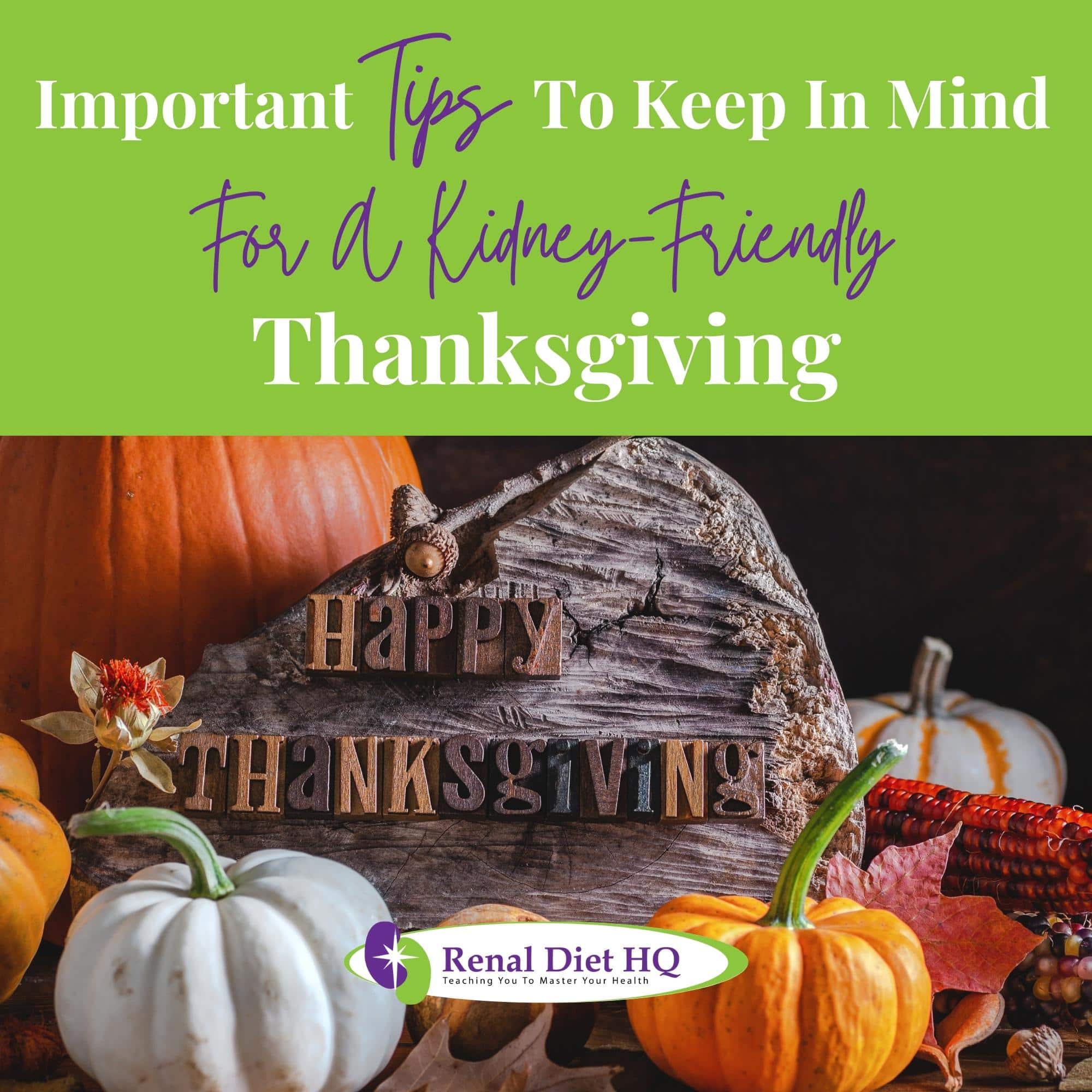
Important Tips to Keep in Mind for a Kidney-Friendly Thanksgiving
As you prepare for a kidney-friendly Thanksgiving, it's crucial to remember certain tips.
Understanding what recipes are best for kidney health can significantly improve your festive feast.
Additionally, managing dietary restrictions effectively is key to ensuring your holiday meal not only tastes great but also supports your kidney health.
Kidney-Friendly Thanksgiving Recipes
In planning a kidney-friendly Thanksgiving, it's essential to keep in mind the importance of moderation in all aspects of your menu. This is where understanding Kidney Nutrition, Renal Supplements, and the CKD Lifestyle can significantly help. Here are some key tips to remember:
- Kidney Nutrition
- Avoid high-sodium and high-potassium foods.
- Include kidney-friendly fruits and vegetables.
- Renal Supplements
- Consult your doctor about any necessary supplements.
- Don't fall for Dietary Myths.
- CKD Lifestyle
- Exercise regularly.
- Maintain Portion Control during the feast.
Managing Dietary Restrictions
Managing dietary restrictions might seem challenging, but it's crucial to a kidney-friendly Thanksgiving meal. Dietary awareness is key. Know what you or your loved one can and can't eat.
Food swaps are a great tool. Swap out high sodium or potassium foods for kidney-friendly alternatives.
Mindful eating is also important. Savor every bite, chew thoroughly and eat slowly. This helps with digestion and ensures you don't overeat.
Meal planning is another essential element. Plan your Thanksgiving meal in advance to ensure that it's nutritious and kidney-friendly.
Lastly, don't overlook portion control. Even healthy foods can be harmful in large quantities. Stick to the recommended portions for a truly kidney-friendly Thanksgiving.
The Role of Diet in Managing Renal Disease
Your diet plays a critical role in managing renal disease. The foods you choose to eat can significantly impact your kidneys' health, either positively or negatively.
Diet's Impact on Kidneys
You've got a significant role to play in the management of renal disease, and it all starts with what you put on your dinner plate. Your diet directly impacts kidney health through:
- Renal hydration: Keeping your kidneys hydrated aids in their normal function and helps in kidney detoxification. Fluid intake, especially water, is crucial.
- Drink at least eight glasses of water daily.
- Protein moderation: Consuming protein in moderation prevents overworking your kidneys.
- Opt for plant-based proteins like lentils and tofu.
- Herbal support: Certain herbs, like parsley and dandelion, support kidney health.
- Incorporate these into your cooking regularly.
- Acidic balance: A diet high in fruits and vegetables can help maintain an acidic balance in your body, preventing kidney stones.
- Include a variety of these in your meals.
Nutrition for Renal Health
In tackling kidney disease, it's crucial to recognize that your diet can either promote or impede your progress. The role of renal supplements, dialysis nutrition, phosphorus control, protein intake, and dietary fiber in managing kidney disease cannot be overstated.
| Dietary Component | Role in Renal Health | Dietary Recommendation |
|---|---|---|
| Renal Supplements | Enhances nutrient levels | Consult with healthcare provider |
| Dialysis Nutrition | Maintains health during dialysis | High-quality protein, low sodium |
| Phosphorus Control | Prevents mineral buildup | Limit intake, take binders if prescribed |
| Protein Intake | Essential for body processes | Adjust according to health status |
| Dietary Fiber | Assists in eliminating waste | Include fiber-rich foods in diet |
Adopting these dietary changes can significantly improve your kidney health. Remember, it's not just about restricting certain foods—it's about creating a balanced, kidney-friendly diet.
Healthy Alternatives to Traditional Thanksgiving Recipes
As you plan your Thanksgiving feast, there are ways to tweak traditional recipes to be more kidney-friendly.
Let's start with the centerpiece, the turkey, which can be prepared using low-sodium methods to reduce the strain on your kidneys.
Next, we'll explore side dishes, swapping out ingredients to ensure they're better suited for a renal diet.
Low-Sodium Turkey Preparations
For those of you on a kidney-friendly diet, it's time to delve into the world of low-sodium turkey preparations, a healthy twist on traditional Thanksgiving recipes.
- Brining alternatives: Traditional brine often has high sodium content. Instead, try using apple cider vinegar mixed with herbs for a low-sodium option.
- Rosemary
- Thyme
- Sage
- Flavorful infusions/Turkey seasoning: Spice up your turkey without extra salt. Infuse flavors using garlic, onion, and fresh herbs.
- Parsley
- Oregano
- Basil
- Marinating methods/Gravy substitutes: Marinate your turkey in a low-sodium broth. For gravy, use a sodium-free chicken stock thickened with cornstarch.
What are some chicken options for Thanksgiving?
- Chicken breast (5 -7-pound whole chicken)
- Chicken broth
- You can enjoy chicken chicken cool and chicken dry to make salads
- Chicken from oven with chicken marinade
- Chicken thighs with Sautéed Ingredients
Kidney-Friendly Side Dishes
You'll find that the world of kidney-friendly side dishes offers a wide array of delicious and healthy alternatives to traditional Thanksgiving recipes.
Imagine serving Quinoa Salads, bursting with nutritious ingredients like kidney-friendly vegetables and a tangy lemon vinaigrette.
For a twist on classic holiday flavors, consider Cranberry Alternatives, such as a vibrant beet and orange salad.
Grilled Veggies, like zucchini and bell peppers, provide a delightful crunch and freshness.
Gluten Free Stuffing, made with brown rice or quinoa, is a hearty option that doesn't compromise on flavor.
And don't forget about Vegan Options, like a creamy, dairy-free mashed cauliflower.
Each dish is designed to support kidney health, while still satisfying those Thanksgiving cravings.
Creating a Kidney-Friendly Thanksgiving Menu
You're about to learn how to create a Thanksgiving menu that's as delicious as it's kidney-friendly.
We'll discuss strategies for planning such a menu, including how to adapt your favorite recipes.
Menu Planning Strategies
While it's important to indulge during the holidays, keeping your kidney health in mind when planning your Thanksgiving menu can make a significant difference. Here are some strategies to help you create a kidney-friendly Thanksgiving menu.
- Guest Invitations: Let your guests know beforehand about the special menu you're planning. This isn't just about dietary restrictions, but also about promoting good health.
- Dish Presentation: Serve kidney-friendly dishes in a way that makes them visually appealing, enticing everyone to try them.
- Festive Decorations: Decorate your table with kidney-friendly themes to subtly emphasize the health focus.
- Cooking Techniques: Opt for grilling, baking, or steaming instead of frying. These techniques preserve the nutritional value of food and are better for kidney health.
- Table Settings: Use table settings that reflect the health-conscious theme of your dinner.
Recipe Adaptation Techniques
Before the turkey hits the oven and before the cranberry sauce simmers on the stove, let's explore how you can adapt traditional Thanksgiving recipes to be more kidney-friendly.
Substitution techniques and ingredient swaps are your best friends here. For instance, use garlic and onion powders instead of salt for flavor enhancements. Recipe modifications, like reducing the amount of protein in dishes and adding more vegetables, can also help.
Experiment with different cooking methods, such as roasting or steaming, to retain the natural flavors of your ingredients. Remember, being kidney-friendly doesn't mean sacrificing taste.
With creativity and a little know-how, you can serve a Thanksgiving meal that's both delicious and supportive of kidney health.
FAQs for Kidney Friendly Thanksgiving Recipes
You're seeking quick, kidney-friendly snacks for Thanksgiving? Consider snack portion control with fruits and veggies paired with low-sodium dips. They're nutritious and easy on the kidneys.
Choose kidney-friendly beverages like water or cranberry juice. There are plenty of cranberry recipes to enjoy! Cranberry pie or cups Cranberry juice cocktail! Both are delicious options.
For sweet cravings, whip up some sugar-free desserts.
Sure, there are specific spices and herbs you should sidestep to safeguard your kidney health. Sodium-packed seasonings pose serious seasoning risks. Opt for spice substitutes like Mrs. Dash, which are sodium-free.
High potassium herbs like dried dill and rosemary should be replaced with herbal alternatives like fresh basil or oregano.
Always be aware of your dietary restrictions and consult your doctor for personalized advice.
Looking for a 30-minute dinner option? You're wondering about Thanksgiving leftovers safe for a kidney-friendly diet. Leftover turkey used in salads, sandwiches, or soups are an excellent choice.
Vegetable side options like steamed carrots or green beans are also safe. Kidney-friendly gravy, made with low sodium broth, can be enjoyed.
Opt for low sodium stuffing and safe dessert choices like apple or blueberry pie. It's all about moderation and making sure ingredients are low in sodium and potassium. All of these common foods are delicious foods that can easily be enjoyed!
You're walking a tightrope, balancing dietary restrictions for kidney health. Explaining illness to family can be tricky, but clear communication techniques help.
Start simple, explaining how certain foods impact your kidneys. Use visual aids if needed.
Emphasize your appreciation for their understanding and support. Remember, your family cares about your health too.
It's not about missing out on certain foods, it's about celebrating together, healthily.
Enjoying Kidney Friendly Thanksgiving Recipes
Just as a careful artist uses the right palette for a masterpiece, you too can craft a kidney-friendly Thanksgiving feast. With the right blend of healthy turkey preparations, low-potassium desserts, and mindful eating, you're not just making a meal, but a healthful statement.
This Thanksgiving, let's celebrate with a spread that cares for our kidneys, as much as it delights our palate. After all, a healthy body is the finest art we can create.


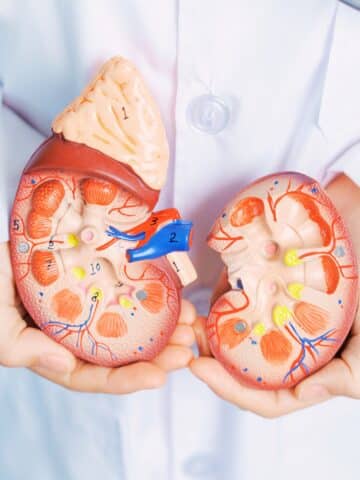
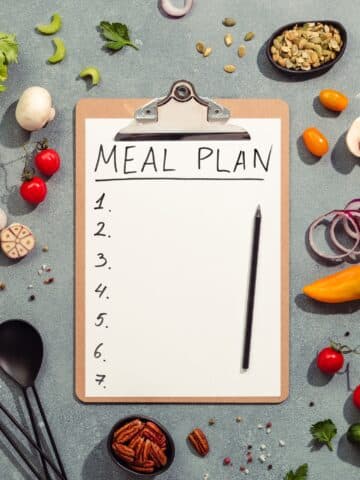
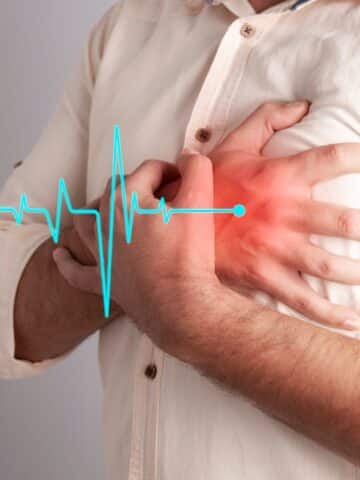
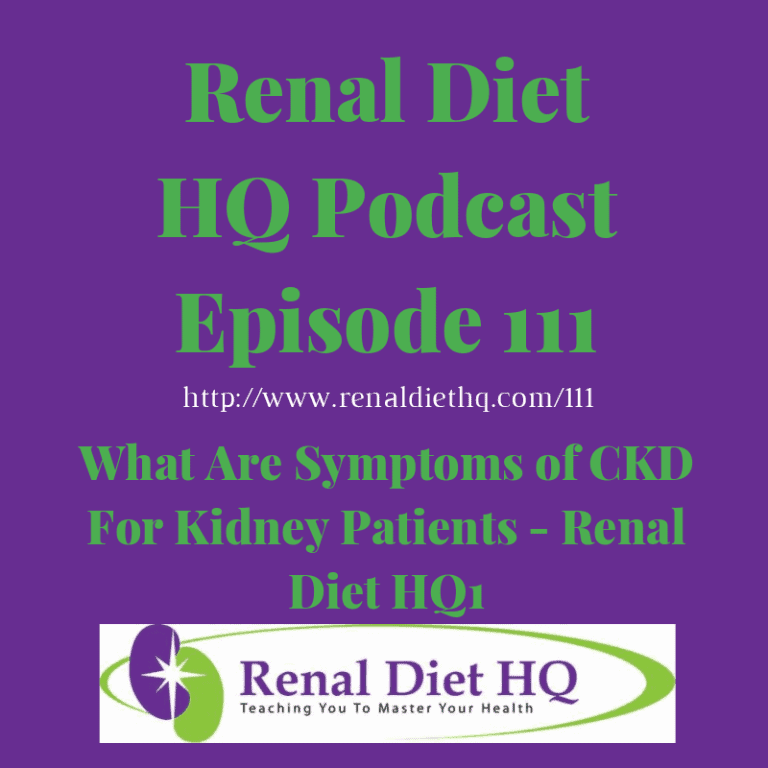
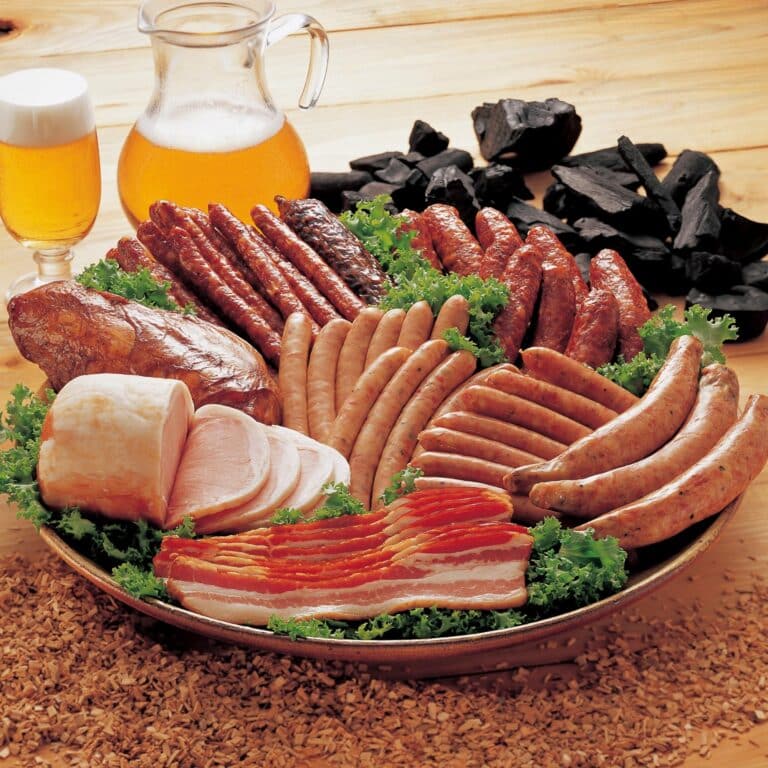
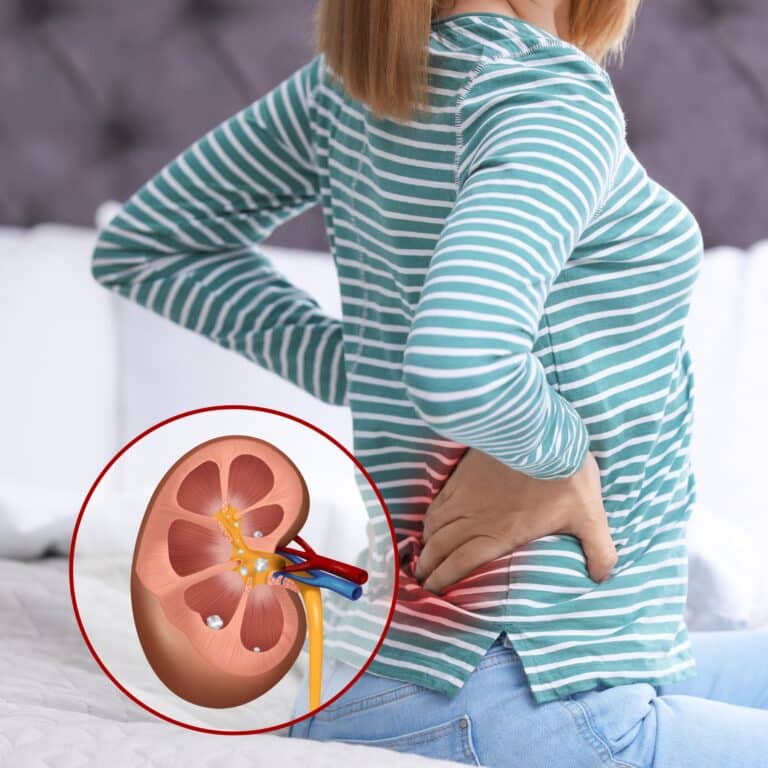
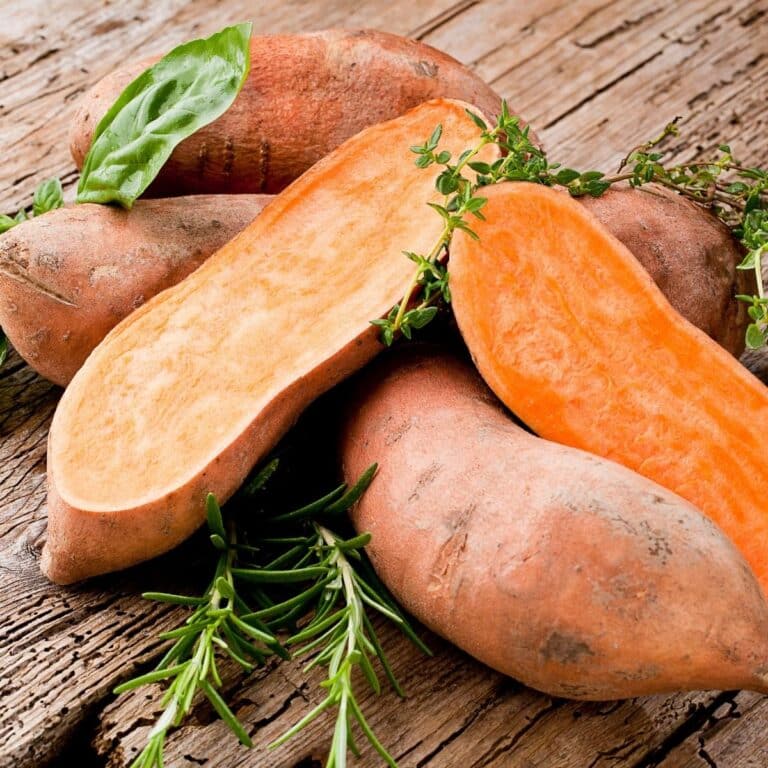
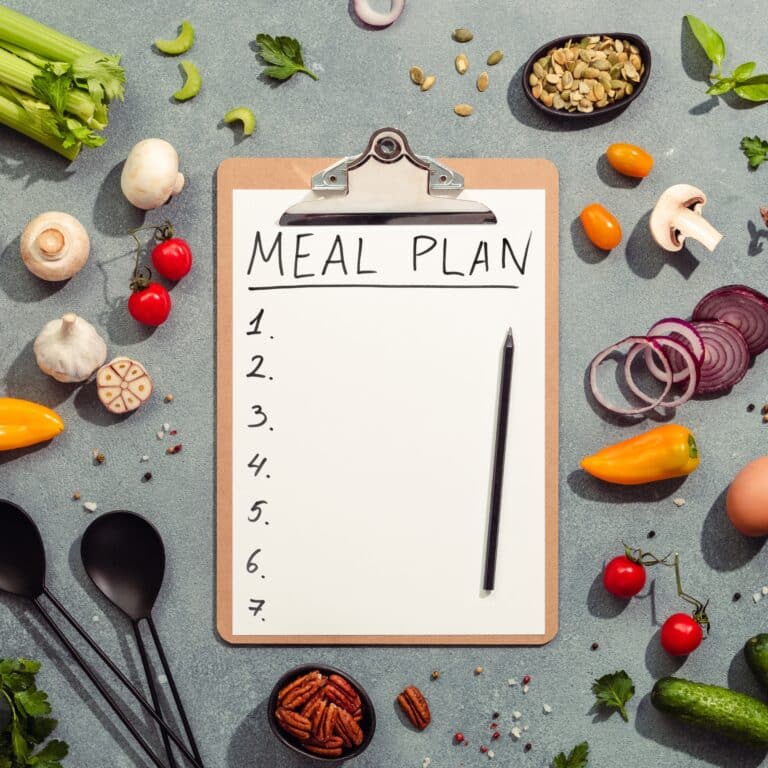
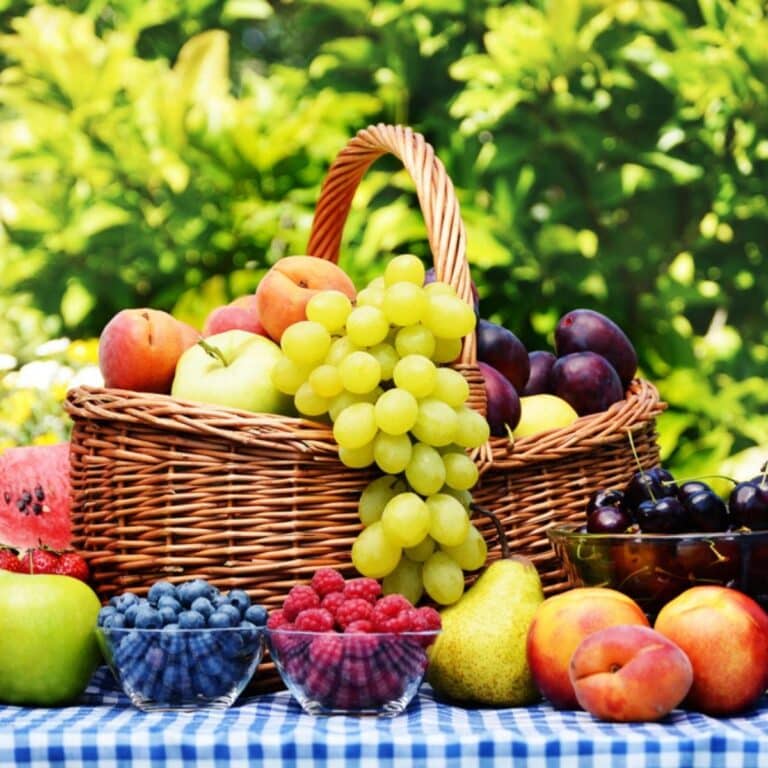


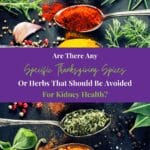

Most are confused as to fruit. So far cantaloupe are out, how about pine apples?
Pineapple is definitely acceptable for patients with CKD. Stage 3a here and this is allowed for me
This is nice. How about a pdf of it to give our patients (next year)